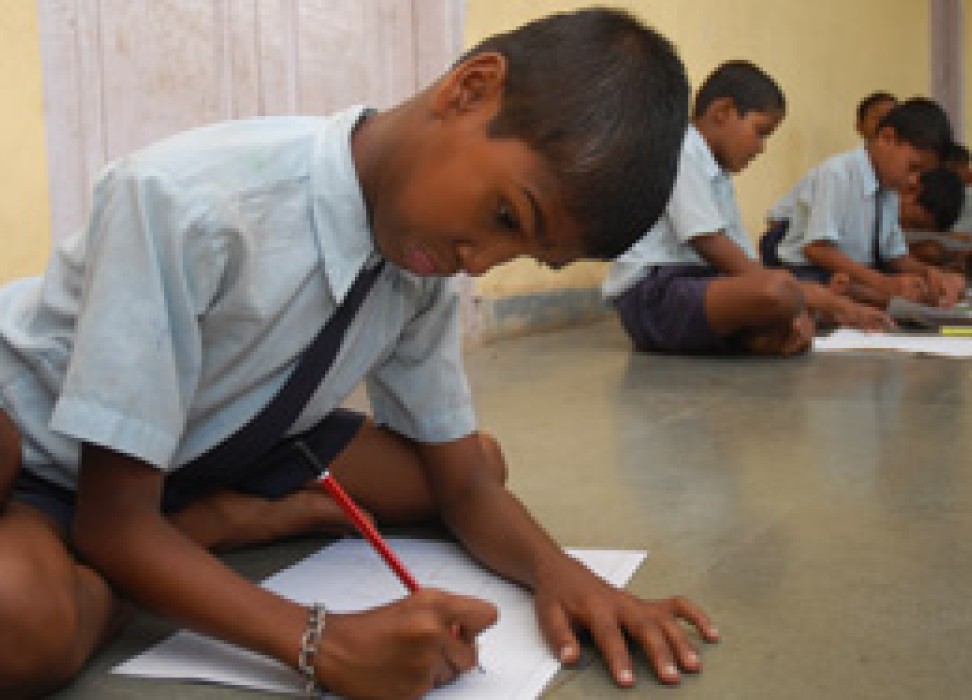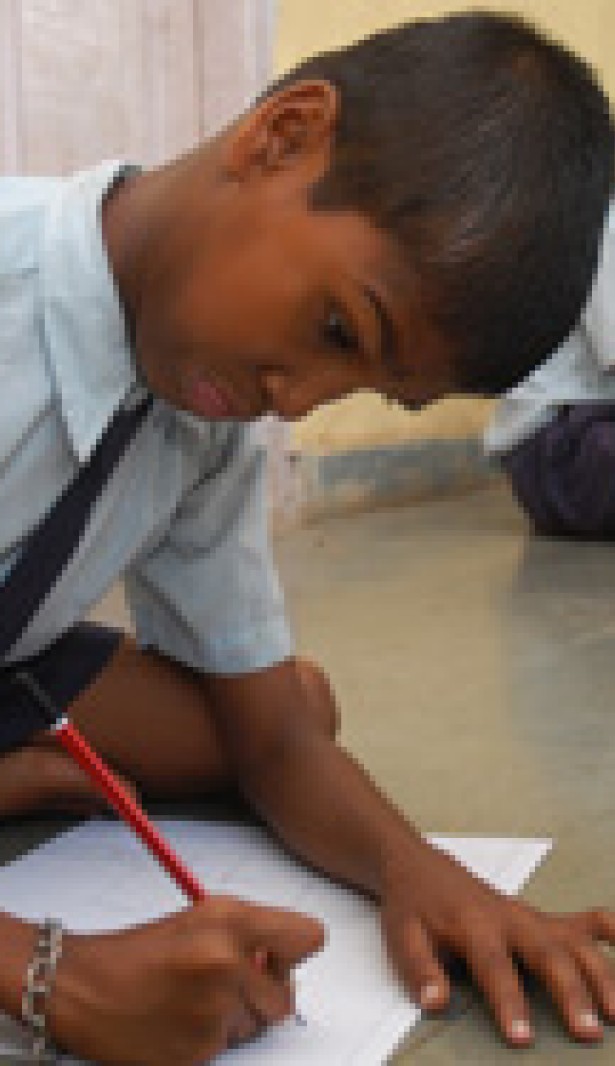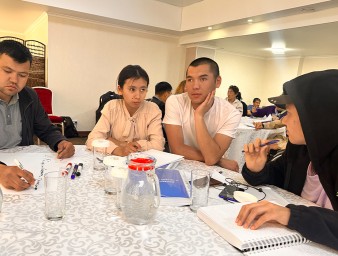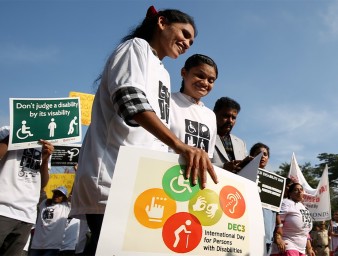Post-2015 development agenda must be inclusive of the rights of persons with disabilities
25 September 2013

More than one billion people are currently living with some form of impairment. According to a recent UN Human Rights Office study, between 785 and 975 million persons with disabilities are of working age.
“Today we are offered a new starting point to give persons with disabilities the place they deserve in the development of their societies—a role and a right denied to them for far too long,” said UN Human Rights Chief Navi Pillay during a high-level side event on disability and development, which was held on 23 September at the UN General Assembly’s 68th Session in New York.
The side event, The UN delivering as one in enabling a disability-inclusive development agenda towards 2015 and beyond, brought together members of the Inter-Agency Support Group (IASG) for the Convention on the Rights of Persons with Disabilities (CRPD). The event provided an interactive platform for discussing ways of promoting the inclusion of persons with disabilities in the post-2015 agenda.
“We must leave no one behind,” Pillay said and added that the UN Human Rights Office’s approach to creating and implementing a new post-2015 agenda is building on the core principle of equality. This will provide a framework that is universal, inclusive, and accessible to all. By integrating a human rights-based approach to disability in all targets and indicators, the new agenda will be an effective tool for “measurable, accountable, and inclusive development for all persons, without discrimination.”
In order to achieve these goals, Pillay said that the international community must consider the diverse population of persons with disabilities when creating “enabling environments with resources that adequately support effective participation.” The framework for the new agenda should also demand accountability and include persons with disabilities in the post-2015 discussion.
Pillay also highlighted the UN Partnership to Promote the Rights of Persons with Disabilities as a key mechanism for promoting innovative practices. This partnership enables UN organizations, governments and persons with disabilities to advance the human rights of persons with disabilities through strategic programs that are in line with the CRPD.
Children with disabilities also face unique challenges. According to Shamshad Akhtar, Assistant Secretary General for the UN Department of Economic and Social Affairs (DESA), about 93 million children have some form of disability and many of these children are less likely to finish primary school.
Discrimination and exclusion against persons with disabilities are the end results of the failure of governments and societies to remove the barriers that keep them from fully participating in their communities, Pillay said. Eliminating these barriers, as Pillay explained, must be a core purpose of the post-2015 agenda.
“True sustainable development will only be achieved if women with disabilities can exercise their legal capacity to have their reproductive rights upheld, if children with disabilities are guaranteed access to inclusive education systems, and if men and women with disabilities are enabled to work in non-segregated environments,” Pillay said.
A recent study of low and middle-income developing countries indicated a loss of three and seven per cent in the gross domestic product due to the exclusion of persons with disabilities from the labor market, according to Akhtar. “The numbers speak for themselves,” Akhtar said. “Strategic investments to develop inclusive and accessible societies benefits not only persons with disabilities, it benefits everyone.”
Hans d’Orville, Assistant Director-General for Strategic Planning for UNESCO, said that action and change must come from both the national and community levels.
Hamadoun Touré, Secretary General of the International Telecommunication Union (ITU) also stated that it is important to identify the key physical, social, economic, and cultural barriers in order to shape the new post-2015 agenda. “The United Nations system commits to continue raising awareness on the inclusion of the rights of persons with disabilities within the development agenda and promoting the active participation of persons with disabilities in the design of the post 2015 goals, targets and indicators,” Touré said.
This year marks the 20th anniversary of the World Conference on Human Rights, which led to the adoption of the Vienna Declaration and Programme of Action, and the establishment of the UN High Commissioner for Human Rights to oversee the international human rights framework, promote human rights and protect individuals against abuse.
There are ten core international human rights treaties, some of them being supplemented by optional protocols dealing with specific concerns. The Convention on the Rights of Persons with Disabilities was adopted by the United Nations General Assembly on 13 December 2006, and opened for signature on 30 March 2007. Following ratification by the 20th party, it came into force on 3 May 2008.
25 September 2013




